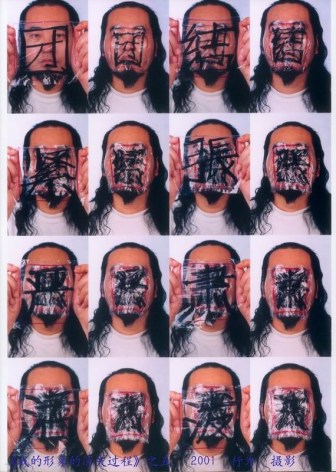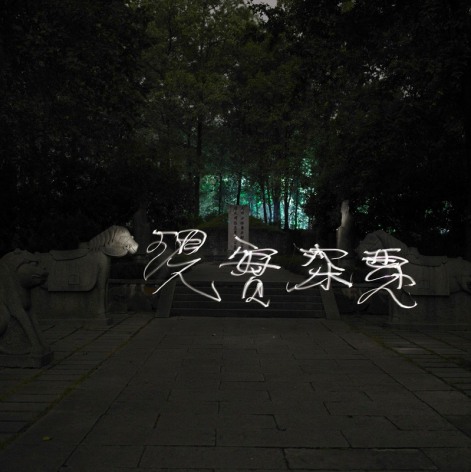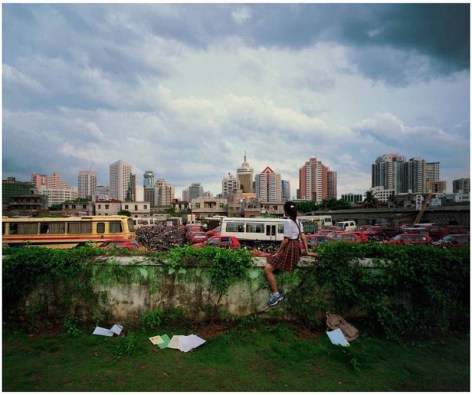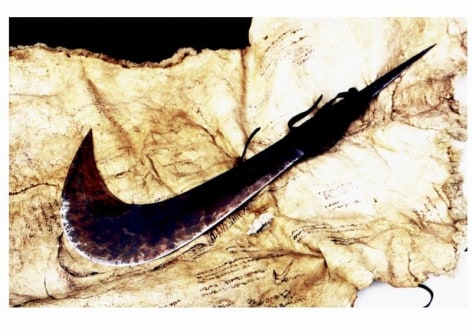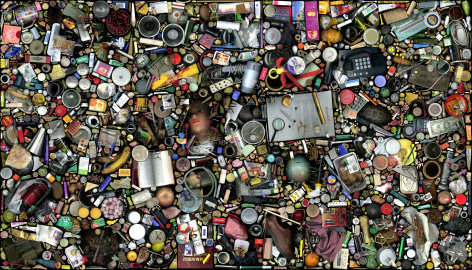Too Much Flavour was curated by Gu Zhenqing, a renowned independent curator based in China. As the third venue of the exhibition, Chambers Fine Art has chosen seven artists out of the original twenty-nine that were shown in Shanghai and Singapore.
The exhibition addresses current trends in contemporary Chinese life, where taste and aesthetics are constructed and determined by modern designs, from city planning and architecture to fashion and Internet animation. Society is thus conditioned by artificial and synthesized systems, which is the opposite of the Chinese tradition in which human beings were in harmony with Nature. Too Much Flavour is also a reflection of the contemporary art in China, in which a noticeable excess of expression or "flavour" is the result of intentional exaggeration in art creation.
Too Much Flavour presents seven outstanding young Chinese artists dealing with this situation of taste excess in contemporary China. Hong Hao scanned piles of trivial objects from his daily life. With the help of digital technology, the garish color represents the abundance of material goods in contemporary China. Shi Jinsong displays logos such as Nike, Motorola and Mercedes-Benz in glass cases normally used for archeological relics and sculptures, reflecting the taste for the artificial that is characteristic of the consumer society. In Weng Fen's photographs, young students dressed in school uniforms are looking at newly built sky-scrapers from a distance. With their faces turned away from us, they seem to be pondering on the overwhelming amount of construction of modern buildings in big cities in China. Mao Zedong's calligraphy is frequently used as a logo in modern China, and appears as newspaper titles, brands of cars and cigarettes, names of universities and art museums and so on. Qiu Zhijie juxtaposes these calligraphic logos in his large scale photographs. Other artists, including Jin Feng, Zhou Xiaohu and Zhu Fadong, address commercialization and cultural materialism in contemporary China from different angles and perspectives.
《趣味过剩》由着名独立策展人顾政清策划,将于2003年2月6日在纽约前波画廊举行。前波画廊从二十九位参加上海和新加坡展览的艺术家中,选出七位在纽约展出。
中国当代的生活方式和审美价值被各式设计影响,大到城市规划及建筑,小到服装设计,平面动画等等。当今社会由人工趣味所左右,有孛于“天人合一”的传统文化思想。此次展览同时对中国现代艺术创作中过剩的娇柔做作进行反思。
参展的七位年轻艺术家对当代中国这种趣味过剩的现象作出反应。洪浩用扫描仪直接扫描日常生活用品。其图片的娇艳色彩象徵了生活中物质过剩的现象。史金淞将耐克,摩拖洛勒及奔驰等商标陈列于多用在考古文物的有机玻璃展盒中,反应了社会中对表面物质文化的崇拜。
在翁奋的照片中,身穿制服的女学生遥望远方新建的高楼大厦。她们背朝我们,似乎正在思索过剩的城市建设对社会的影响。无数商标,比如报刊杂志,汽车,香烟,大学及博物馆标题都使用毛泽东的书法。邱志杰的照片将这些商标排放在一起。其他参展艺术家─金锋,周啸虎及朱发东─从其他不同角度对中国当今社会中的商业化和物质化转变作出思考。




